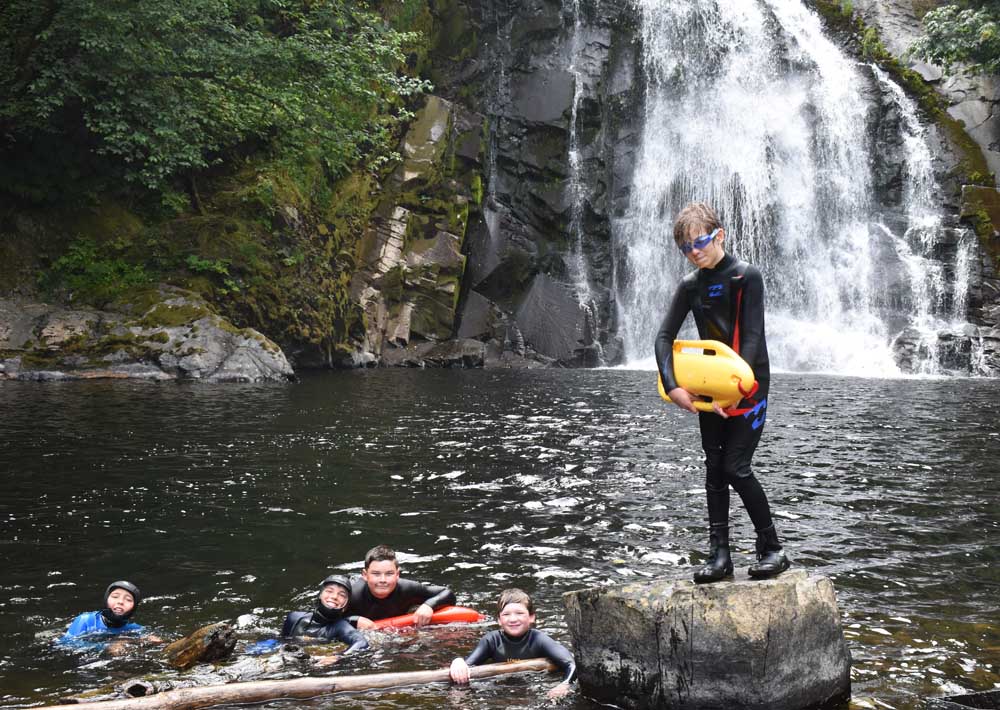Sky Box: A lot of initials, but they all spell h-e-a-l-t-h
Published 7:24 am Tuesday, March 12, 2019

- 190315_sss_sky_box.JPG
By Skyler Archibald
As part of my responsibilities and passions in this vocation, I often get exposed to neat opportunities to involve myself in terrific projects. Such is the case with my small involvement with several projects associated with the Oregon Parks and Recreation Department.
My involvement with OPRD has been mainly related to two separate projects. The first is the Oregon Regional Trails Advisory Committee (ORTAC) and I hope to talk more about that in a future column. The second, is a small amount of participation in the Statewide Comprehensive Outdoor Recreation Plan, or SCORP. There’s a lot of acronyms in government it seems.
The SCORP enables the state to remain eligible for Land and Water Conservation funds but it also provides guidance for OPRD programs, including the valuable grants that many agencies across the state access for assistance with completing or kickstarting amazing projects in the many communities across the state. The SCORP also guides the State Park System in their decisions and processes in providing great programs and facilities for Oregonians.
While the current SCORP (2019-2023) edition is now under review and will be available soon, the previous version provided the data that helps quantify the value of exercise and spending time outdoors, as it pertains to our mental and physical health. The study was conducted by economists with Oregon State University who developed a method to quantify the savings that people engaged in outdoor activities — walking, hiking, paddling, skiing, soccer, tennis and other activities were considered — throughout the state. The results were staggering!
The report concluded that the State of Oregon saves $1.4 billion annually in healthcare costs due to Oregonians’ participation in the previously mentioned activities. The study also estimated that the energy expended by Oregonians in outdoor activities in 2017 alone was equivalent to 144 million pounds of body fat. That’s a great deal of weight loss, simply for getting outside and taking advantage of the beautiful scenery available in our state!
These figures add further levity to the premonition that parks and recreation programs and facilities play a crucial role in the health and wellness of our lives, both at an individual and community level. The bottom line is clear: when recreation is easily accessed and available, people are healthier and when people are healthier, healthcare costs go down.
We can encourage each of our community residents and guests to come swim, try a fitness class or even eat healthier. We’ve found that they may or may not listen to us, and that’s OK! But perhaps people will listen to this evidence of health as it relates to fiscal conservation: exercise and activity will save you money in the long run because you’ll be healthier!
The report also found that the activities that provided the most savings across the state in healthcare costs were walking or running on local streets and sidewalks and walking on local trails and paths. What better evidence do policy makers and elected officials need in terms of where to invest their resources in future projects?
Every day I feel more and more grateful for the opportunity to live here, in a community where recreation and activity options are abundant and I have the opportunity to serve the residents of our community in providing more opportunities. I hope that each of us invest in recreation and activity, for now but also to see the benefits down the road!





